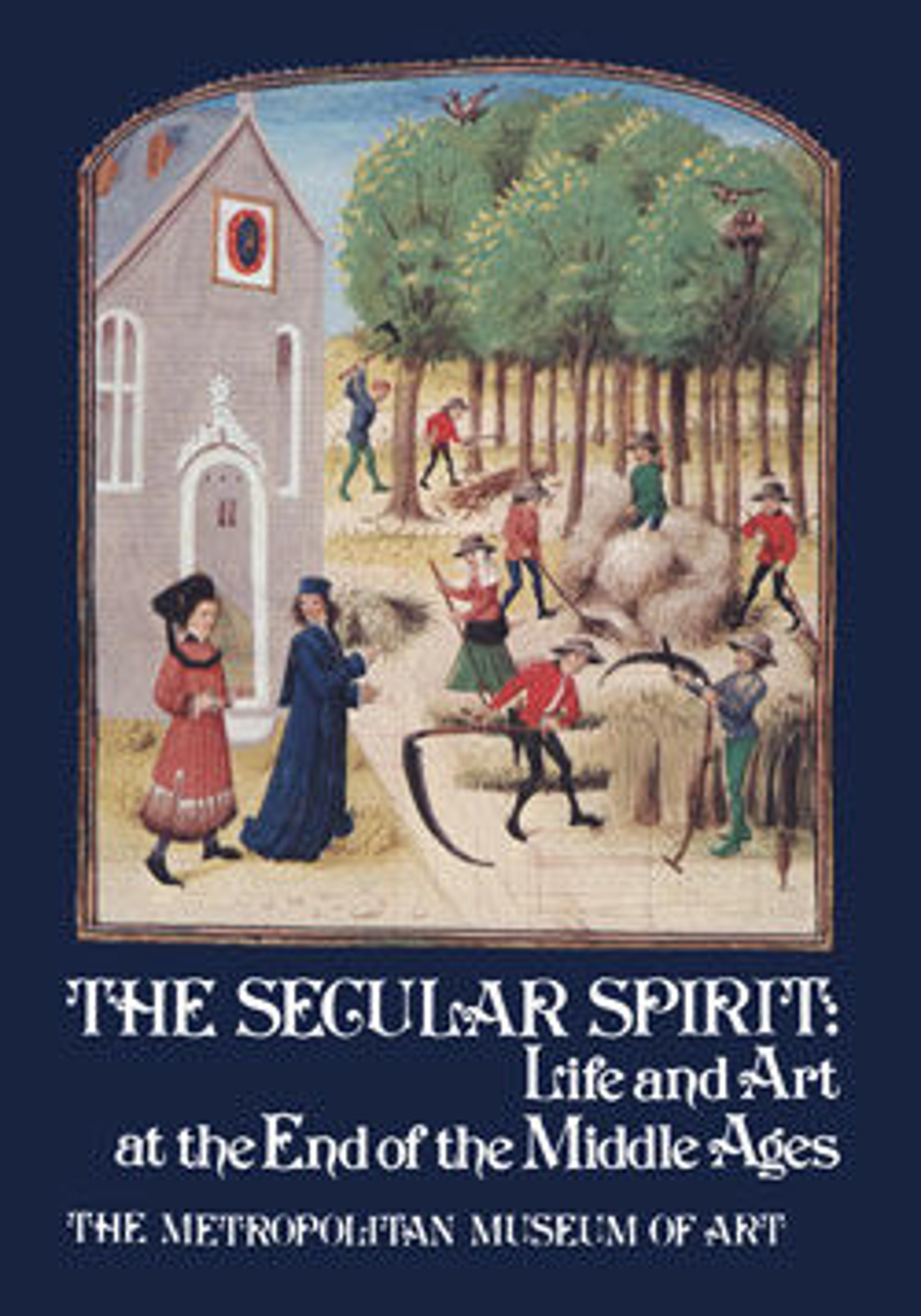Caldron
Cauldrons and cooking pots of all sizes were standard kitchen equipment of wealthy houses in which the lord was responsible for feeding the entire household and its staff. In more modest domestic circumstances, an entire meal could be cooked in one large pot by carefully wrapping the various foods and then suspending them in the pot, placing them at different levels, or adding them at different times. However, by the fourteenth and fifteenth centuries, medieval cookery had become sufficiently sophisticated as to require a variety of sizes of pots even in the average household.
Almost all metal cooking vessels were equipped either with legs so that they could be placed directly into the fire or with handles so that they could be suspended from the trammel. The trammel, a device from which pots and other equipment would be hung at varied heights, was standard equipment in almost every kitchen fireplace. Frequently cooking vessels were fitted with both legs and handles giving them greater versatility.
It was not unusual for cooking vessels to have parallel bands running around the body which were sometimes inscribed. The inscription on this cauldron reads: I AMERAI: TOUTE MA VIE: QUI: QUIMANPOENT BLAMEIR. These words have been variously translated as: "I will love all my life no matter who may sneer" or, "I will love all my life, whosoever could blame me for it." It has been suggested that the sentence may come from an old French lyric poem, a noble sentiment to be borne by a utilitarian object of constant use.
Almost all metal cooking vessels were equipped either with legs so that they could be placed directly into the fire or with handles so that they could be suspended from the trammel. The trammel, a device from which pots and other equipment would be hung at varied heights, was standard equipment in almost every kitchen fireplace. Frequently cooking vessels were fitted with both legs and handles giving them greater versatility.
It was not unusual for cooking vessels to have parallel bands running around the body which were sometimes inscribed. The inscription on this cauldron reads: I AMERAI: TOUTE MA VIE: QUI: QUIMANPOENT BLAMEIR. These words have been variously translated as: "I will love all my life no matter who may sneer" or, "I will love all my life, whosoever could blame me for it." It has been suggested that the sentence may come from an old French lyric poem, a noble sentiment to be borne by a utilitarian object of constant use.
Artwork Details
- Title:Caldron
- Date:13th or 14th century
- Culture:French or South Netherlandish
- Medium:Bronze and wrought iron
- Dimensions:29 lb. (13154.3g)
Height: 14 3/4 in. (37.5 cm)
Diameter: 13 1/2 in. (34.3 cm)
Diam. of rim: 10 1/4 in. (26 cm) - Classification:Metalwork-Bronze
- Credit Line:The Cloisters Collection, 1949
- Object Number:49.69.6
- Curatorial Department: Medieval Art and The Cloisters
More Artwork
Research Resources
The Met provides unparalleled resources for research and welcomes an international community of students and scholars. The Met's Open Access API is where creators and researchers can connect to the The Met collection. Open Access data and public domain images are available for unrestricted commercial and noncommercial use without permission or fee.
To request images under copyright and other restrictions, please use this Image Request form.
Feedback
We continue to research and examine historical and cultural context for objects in The Met collection. If you have comments or questions about this object record, please contact us using the form below. The Museum looks forward to receiving your comments.
